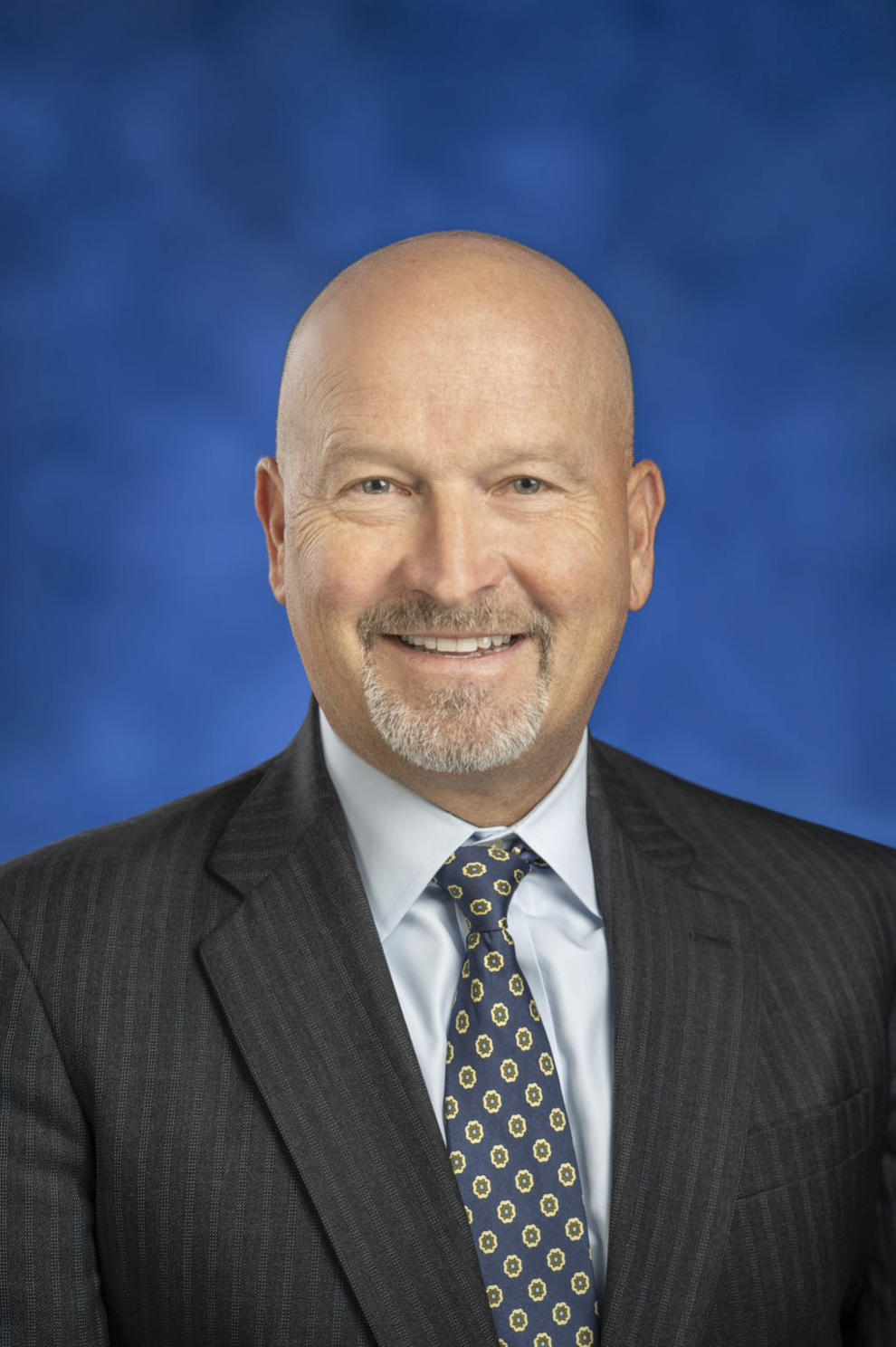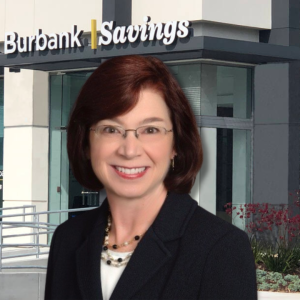M&A is one of the key reasons that the number of community banks has shrunk 70% since 1990 (15,000 to under less than 4,800 today). Many of these transactions were triggered by the hierarchical unsustainability of aging bank executives, with no clear succession plan. As a community bank, successful long-term succession planning is one thing that will not just fall into your lap. Instead, it is something that needs to be identified and pursued, both at the board and C-suite levels, keeping countless potential scenarios in mind. Otherwise, a bank could suffer a rocky transition period that would put it at a disadvantage.
Joseph Cady, Managing Partner at CS Consulting Group, described succession planning as a “huge issue.” He explained, “You have graying boards. You have graying CEOs. Some financial institutions end up exiting and selling the bank. They can’t find a new CEO or board talent skilled enough for what the bank needs going forward. This is a big problem and a very sensitive issue. Many boards don’t have term limits or mandatory retirement ages, and some board members become dead weight.”
So, what can banks do? According to Greyson E. Tuck, Attorney and Consultant at Memphis, Tenn-based Gerrish Smith Tuck, a bank’s board of directors and management team share the burden of crafting an effective succession plan.
“The board’s overall responsibility is to ensure that the organization has adequate succession planning, which includes appropriate planning from a shareholder, director, and management perspective. I believe that the board has more responsibility in crafting the shareholder and director succession plans, and that the board and existing management team have joint responsibility for drafting the management succession plan,” he explained.
In Tuck’s experience, most community banks have made succession planning a top priority and either have an adequate plan in place or are working to do so.
“This has certainly become an industry ‘hot topic’ over the past five to seven years. The regulators are paying much more attention to it as well. The combination of these factors has resulted in many community banks paying close attention to their succession planning,” he said.
Brian Love, Travillian’s Head of Banking and FinTech, explains, “Over the past two decades, banks have found it increasingly problematic cultivating talent from within – especially at the top levels – so we’ve seen heavier reliance on external search. Succession planning, in essence, is the process of simultaneously identifying internal ‘heirs’ and external leaders for your organization. That the industry has not effectively attracted younger generations has only made this a bigger problem.”
Further, Love explains that “historically, banks housed succession planning within HR, but these days, since HR now has to juggle complex initiatives like D&I, ESG, training, and talent development, it may not be given the focus it needs.” Love believes, “the key to successful succession is owning it from an executive and Board level.”
Utilizing external perspective, perhaps by engaging a trusted third-party talent advisor, can break down silos that sometime exist within an organization as well as bolster cultural storytelling that can fuse old and new. Successful examples show how proactive, multi-year processes allow these steps to unfold in a natural, unforced way. Greyson Tuck believes that “a good succession plan looks five to seven years down the road. If a bank is two or three years away from a succession transition, and does not have an adequate plan, I believe they have waited too long.”
Successful Execution

A real-world example that highlights most of these principles is Louisville, Ky.-based Eclipse Bank, where Andrew Pyles climbed to the helm as President, CEO, and Director from the Chief Lending Officer seat, (at only 36 years old). Pyles explained that when their CEO left, they had to decide between he or the bank’s CFO. “They did an outside search. So, they had one other candidate internally and myself, and at least one outside candidate they interviewed… They made me President and kept him as interim CEO, basically in the background making sure everything was transitioning. And then I took on the CEO role in the coming months,” he explained.
By 2018, the board started talking about looking toward the future and who might eventually replace retiring directors, particularly chairman Robert Hill. They formed a board nominating committee to formalize the strategy.
“The thought process there was our board chairman at that time, we knew he was aging. He had been around for a long time, and he had served as interim CEO a couple of times as well. We had a feeling he might be getting burned out. And feeling that succession planning was critical to our future success, we formed a nominating committee in 2018 to ensure continuity of the board chairman role.”
Through that process, Joseph Fowler was named Vice Chairman and eventually replaced Hill as Chairman of the board. Fowler was one of the bank’s organizers and had been on the board since its inception. These days, Eclipse Bank boasts $400 million in assets, and the board has age limits.
“Like a lot of banks our size, we make exceptions to that rule sometimes. Most directors were organizers of the bank. And so, they have that institutional knowledge. They’ve been around for so long that they bring so much background and knowledge of the bank with them. So, despite their age, they’re still a great asset,” Andrew said.
M&A Creates Succession Opportunity
While Eclipse Bank’s strategic plan surrounds organic growth, M&A can also trigger a bank’s succession plan. This was the case at Iselin, N.J.-based Provident Bank, a unit of Provident Financial Services. Founded in 1839, Provident Bank’s claim to fame is that it is the oldest state-chartered bank in New Jersey.
The Provident Bank board brought the bank public in 2003, and Christopher Martin was named CEO in 2009, smack dab in the middle of the Great Recession. An acquisitive bank, Provident scooped up SB One Bank in late 2020. That’s when Chris made the decision to step aside as chairman and CEO as a function of the deal and much to the behest of his board at the time.

“I was Chairman and CEO for over seven years. I put the board on notice and put together a strategic plan to look at management succession. In my case, the process was to have a plan in place through a committee to take on and mentor someone. In addition to the internal talent pool, we decided the board should be looking to bring in new blood. Not that old blood is bad, but it became part of the process,” explained Chris.
The board considered two internal candidates, who were given more responsibilities such as writing whitepapers as part of the process. Even after designating one candidate who would be very good for the organization, Chris started discussions with Anthony (Tony) Labozzetta, an industry peer who he had known for 20-plus years and the former President and CEO of SB One Bank.
“He had all the attributes we had. So, it alleviated bringing in someone unknown and it added more value. The timing of the succession plan implementation was serendipitous when we put the deal together.” Chris said.
When Tony came on as CEO, the board implemented a time frame in which Chris would transition out of the role.
“It was less than 18 months as he got acclimated to the people and processes,” he noted.
However, the board was not ready to cut the umbilical cord and negotiated to have Chris stay around as Executive Chairman.
“Not that Tony was uncapable, but running a $14 billion bank is a lot to do,” Chris said, adding that he doesn’t get involved in the day-to-day operations:
“I stay out of [Tony’s] way. We talk daily for 25-30 minutes about the world, and it has worked out well.”
Provident Bank, whose board has a mandatory retirement age of 73, also added a trio of directors from the SB One Bank acquisition, which Chris said has worked out very well. His advice to other bank CEOs on succession planning is to bury their ego.
“I always stress to people that you are not irreplaceable. CEOs have to realize how they got into the spot, and they can’t hold onto it forever. If you do really well at mentoring, it means you were really good at your craft.”
Key Takeaways:
- The process of succession planning must be proactive and collaborative amongst bank Boards and executive teams. Its design should be realized over a multi-year process and must be deliberate and clear.
- Boiled to the basics, succession planning can be defined as simultaneously tracking internal and external management targets. Third-party advisors can help streamline this process by informing on compensation, assessing current leaders, modeling desired competencies, and creating contingency plans.
- Mentoring emerging talent and promoting from within is the most ideal way to execute succession strategy, as these candidates have been raised and nurtured within your culture.






